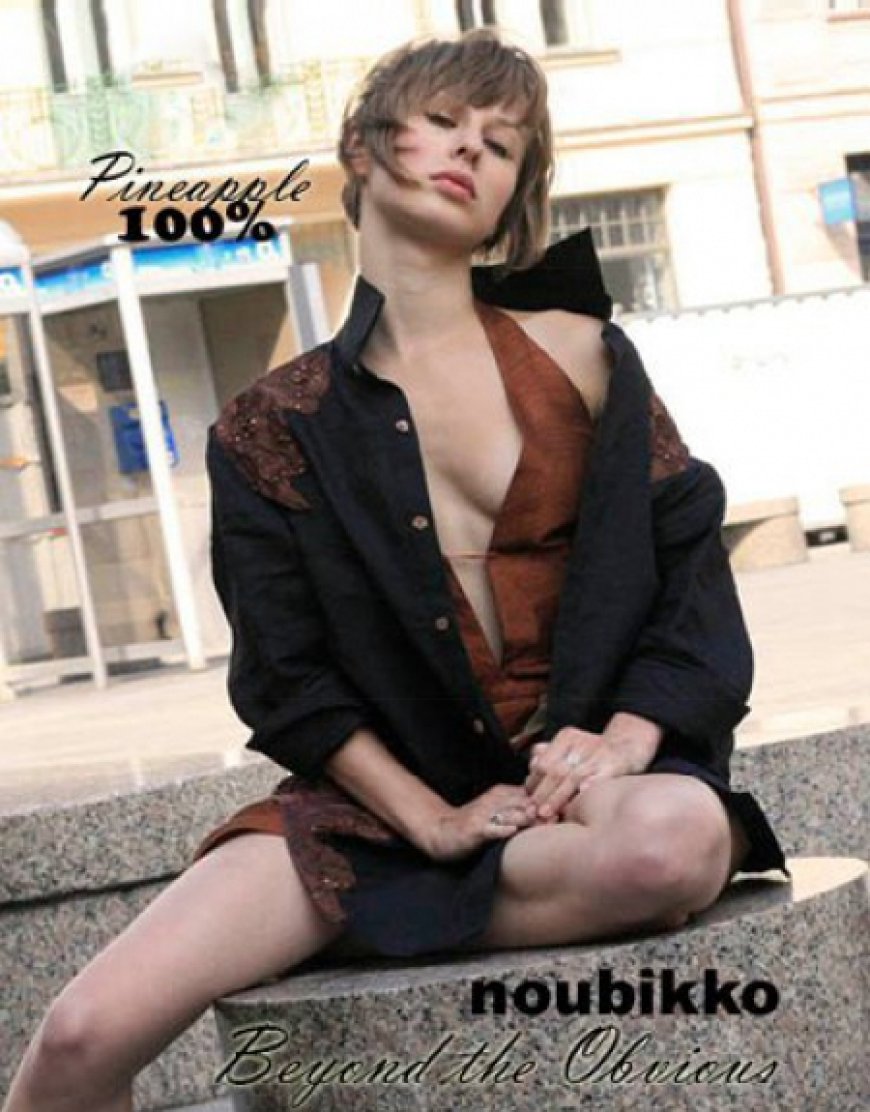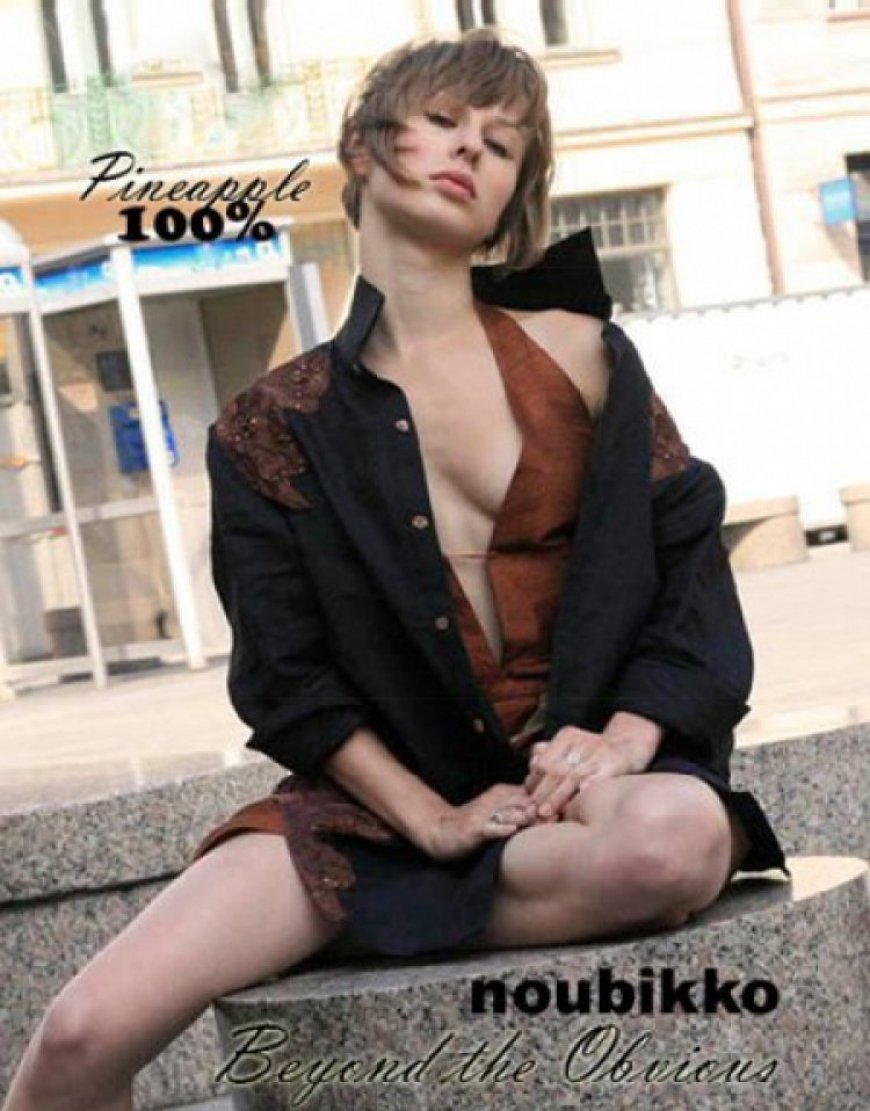STEM student wins Viasat grant for disaster-response device



Congrats on a great idea.
Carlsbad-based Viasat Inc., a global satellite communications company, announced Enrique Gomez Jackson as the winner of its Viasat Beyond: Space for Good 2025 initiative, a national STEM innovation challenge.
Gomez Jackson earned the $15,000 top prize for his idea of a sustainable smart bracelet that helps locate people during natural disasters. The bracelet uses GPS to transmit a wearer’s location via satellites or cell networks and stores encrypted information on an NFC chip to help families reconnect.
Second place went to Charles Williams ($10,000) for a satellite-guided smart irrigation system, while Jessamine Stone ($5,000) took third for a concept using biodegradable materials in spacecraft and satellites. Other finalists — Eileen Phan, Meet Modi, Aayushi Mallik, Joshua Cho, Mahlak Abdullah, and Ayush Banerjee — will take part in three additional online mentoring sessions with Viasat over six months.
“This program showed me that as a mechanical engineer with a specialization in business, there’s a place for me in the industry where I can innovate, create things, and come up with new technologies to make the world better,” Gomez Jackson said.
Craig Miller, President of Viasat Government, said: “Turning our focus back to how space can improve life on Earth is a noble cause. I’m proud to be a part of this challenge…we are creating future leaders, not just for Viasat, but for the rest of the world.”
Ellie Constantine-Barredo, Viasat’s Space Ops Director and a competition judge, added: “The Space for Good program is a phenomenal way to bring in students from diverse backgrounds with innovative ideas that will advance our interests in space. It’s critical for us in the industry to listen to these creative minds and break our own way of thinking to address the constantly changing space environment.”










